Proteases
Proteases is a general term for a class of enzymes that hydrolyze protein peptide chains. According to the way they degrade polypeptides, they are divided into two categories: endopeptidases and telopeptidases. The former can cut the large molecular weight polypeptide chain from the middle to form prions and peptones with smaller molecular weights; the latter can be divided into carboxypeptidase and aminopeptidase, which respectively remove the peptide from the free carboxyl terminus or free amino terminus of the polypeptide one by one. Chain hydrolysis produces amino acids.
A general term for a class of enzymes that hydrolyze peptide bonds in proteins. According to the way they hydrolyze polypeptides, they can be divided into endopeptidases and exopeptidases. Endopeptidase cleaves the interior of the protein molecule to form smaller molecular weight peptones and peptones. Exopeptidase hydrolyzes peptide bonds one by one from the end of the free amino group or carboxyl group of protein molecules, and frees amino acids, the former is aminopeptidase and the latter is carboxypeptidase. Proteases can be classified into serine proteases, sulfhydryl proteases, metalloproteases and aspartic proteases according to their active centers and optimum pH. According to the optimum pH value of its reaction, it is divided into acidic protease, neutral protease and alkaline protease. The proteases used in industrial production are mainly endopeptidases.
Proteases are widely found in animal offal, plant stems and leaves, fruits and microorganisms. Microbial proteases are mainly produced by molds and bacteria, followed by yeast and actinomycetes.
Enzymes that catalyze the hydrolysis of proteins. There are many kinds, the important ones are pepsin, trypsin, cathepsin, papain and subtilisin. Proteases have strict selectivity for the reaction substrates they act on. A protease can only act on certain peptide bonds in protein molecules, such as the peptide bonds formed by the hydrolysis of basic amino acids catalyzed by trypsin. Proteases are widely distributed, mainly in the digestive tract of humans and animals, and are abundant in plants and microorganisms. Due to limited animal and plant resources, the industrial production of protease preparations is mainly prepared by fermentation of microorganisms such as Bacillus subtilis and Aspergillus terrestris.
Ziele für Proteases
- Caspase(114)
- Aminopeptidase(24)
- ACE(74)
- Calpains(20)
- Carboxypeptidase(10)
- Cathepsin(81)
- DPP-4(31)
- Elastase(26)
- Gamma Secretase(67)
- HCV Protease(59)
- HSP(113)
- HIV Integrase(37)
- HIV Protease(47)
- MMP(228)
- NS3/4a protease(8)
- Serine Protease(18)
- Thrombin(58)
- Urokinase(4)
- Cysteine Protease(0)
- Other Proteases(18)
- Tyrosinases(47)
- 15-PGDH(1)
- Acetyl-CoA Carboxylase(13)
- Acyltransferase(59)
- Aldehyde Dehydrogenase (ALDH)(28)
- Aminoacyl-tRNA Synthetase(9)
- ATGL(1)
- Dipeptidyl Peptidase(56)
- Drug Metabolite(457)
- E1/E2/E3 Enzyme(90)
- Endogenous Metabolite(1636)
- FABP(30)
- Farnesyl Transferase(23)
- Glutaminase(14)
- Glutathione Peroxidase(14)
- Isocitrate Dehydrogenase (IDH)(28)
- Lactate Dehydrogenase(17)
- Lipoxygenase(234)
- Mitochondrial Metabolism(207)
- NEDD8-activating Enzyme(7)
- Neprilysin(12)
- PAI-1(13)
- Ser/Thr Protease(41)
- Tryptophan Hydroxylase(13)
- Xanthine Oxidase(18)
- MALT1(10)
- PCSK9(1)
Produkte für Proteases
- Bestell-Nr. Artikelname Informationen
-
GC16812
3-Methylglutaric acid
3-MethylglutarsÄure, ein Leucin-Metabolit, ist eine auffÄllige organische C6-DicarbonsÄure, die klassischerweise mit zwei unterschiedlichen EnzymmÄngeln im Leucin-Weg in Verbindung gebracht wird, 3-Hydroxy-3-methylglutaryl-CoA-Lyase (HMGCL) und 3-Methylglutaconyl-CoA-Hydratase (AUH) .
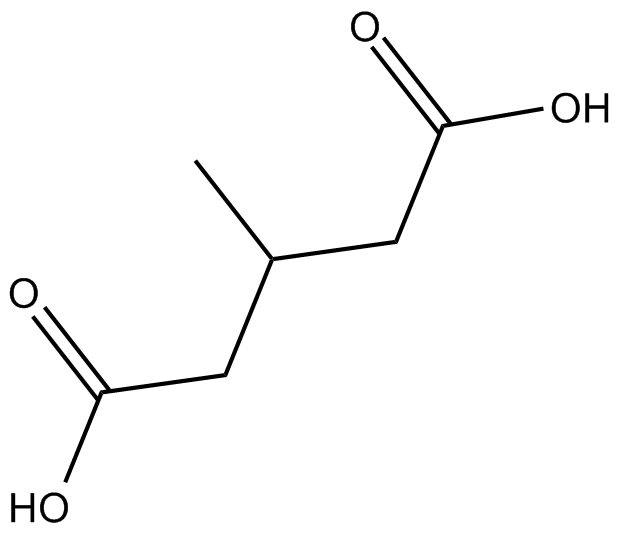
-
GC62795
3-Methylhistamine dihydrochloride
3-Methylhistamindihydrochlorid ist ein Abbauprodukt von Histamin.
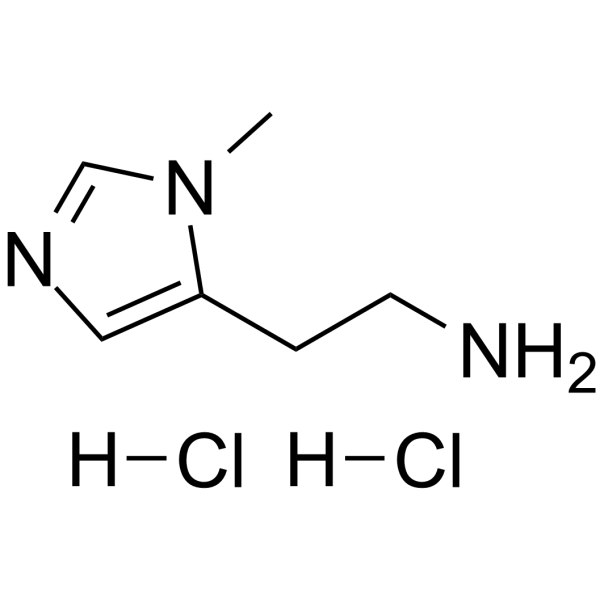
-
GC38297
3-Methylindolin-2-one
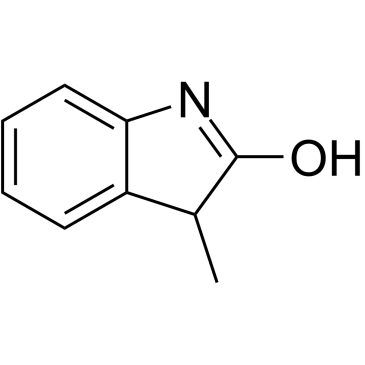
-
GC33525
3-Methyluridine
3-Methyluridin (N3-Methyluridin) ist ein modifiziertes RNA-Nukleosid.
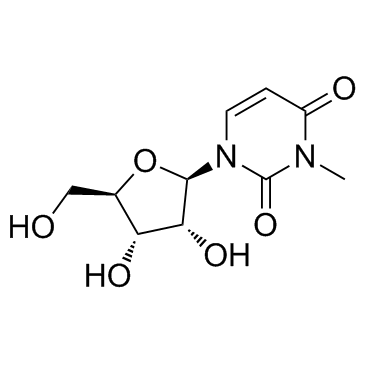
-
GC62796
3-Methylvaleric Acid
3-MethylvaleriansÄure ist ein Aromastoff.
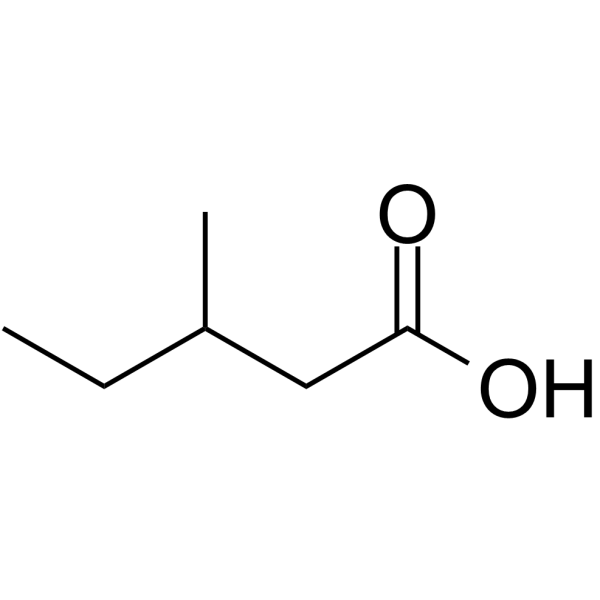
-
GC30635
3-Methylxanthine
3-Methylxanthin, ein Xanthinderivat, ist ein Inhibitor des zyklischen Guanosinmonophosphats (GMP) mit einem IC50-Wert von 920 μM am isolierten LuftrÖhrenmuskel von Meerschweinchen.

-
GC64078
3-O-Acetyl-11-hydroxy-beta-boswellic acid
3-O-Acetyl-11-hydroxy-beta-BoswelliasÄure ist ein potenter Inhibitor der 5-Lipoxygenase (5-LO).
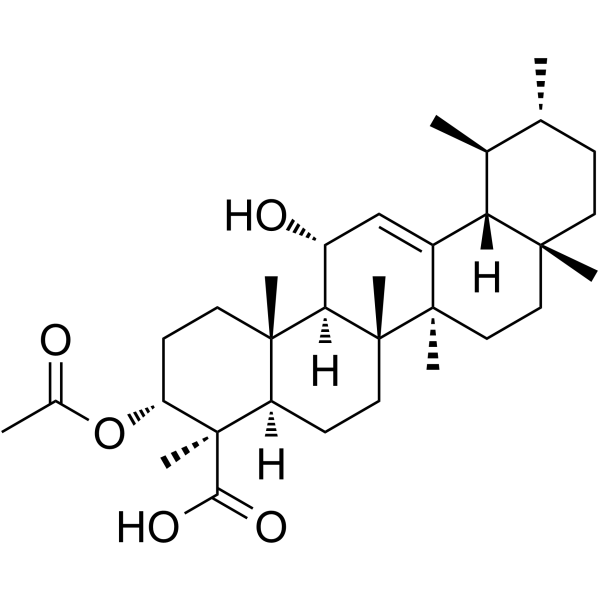
-
GC61717
3-O-Ethyl-L-ascorbic acid
3-O-Ethyl-L-AscorbinsÄure, ein stabiles Vitamin-C-Derivat, ist ein kosmetischer Tyrosinase-Inhibitor mit aufhellender Wirkung.
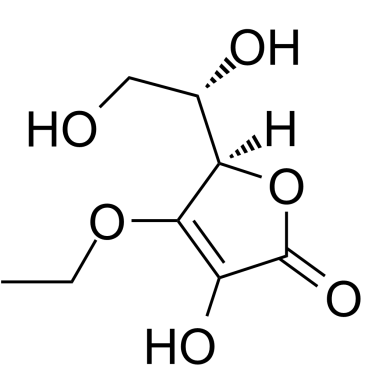
-
GC42307
3-O-methyl-L-DOPA (hydrate)
3-O-methyl-L-DOPA is a metabolite of L-DOPA, produced by the activity of catechol O-methyltransferase.

-
GC60505
3-O-Methyldopa
3-O-Methyldopa (3-Methoxy-L-tyrosin) ist ein Metabolit von L-DOPA, das von Catechol-O-Methyltransferase (COMT) gebildet wird.
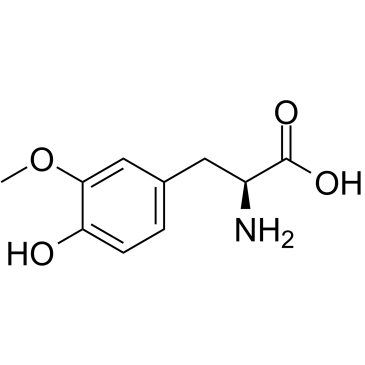
-
GC60506
3-O-Methyldopa D3
3-O-Methyldopa D3 (3-Methoxy-L-tyrosin-d3) ist Deuterium-markiertes 3-O-Methyldopa.
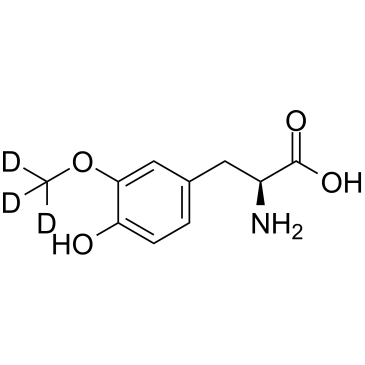
-
GC62797
3-Oxo-4,6-choladien-24-oic acid
3-Oxo-4,6-choladien-24-sÄure ist ein kÖrpereigener Metabolit.
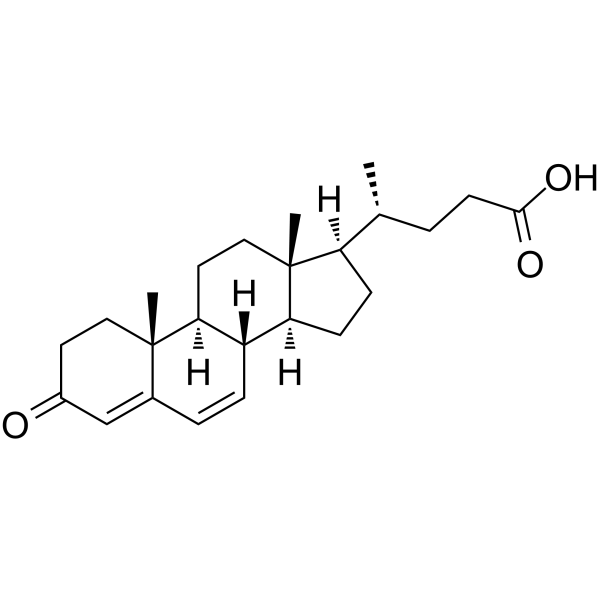
-
GC64220
3-Oxo-7-hydroxychol-4-enoic acid
3-Oxo-7-hydroxychol-4-ensÄure ist ein kÖrpereigener Metabolit.
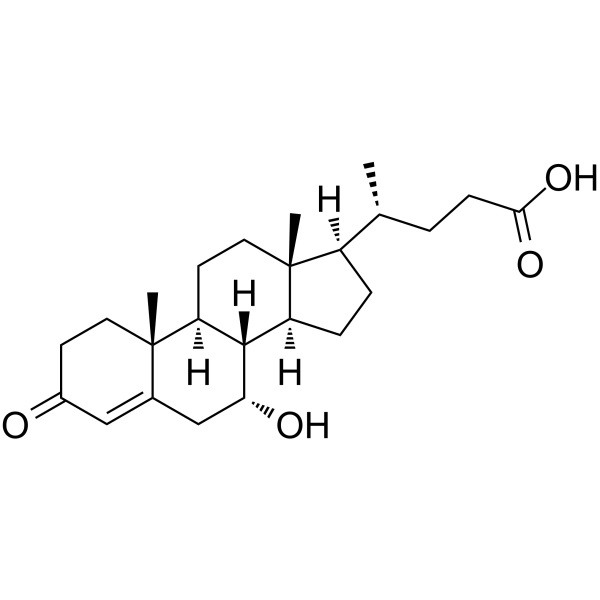
-
GC45339
3-Oxocholic Acid
3-Oxocholsäure ist ein Oxo-Gallensäure-Metabolit und auch ein Hauptabbauprodukt von Cholic durch C.

-
GC30353
3-Oxopentanedioic acid
3-OxpentandisÄure ist eine einfache DicarbonsÄure, von der bekannt ist, dass sie in der Tropinonsynthese verwendet wird.
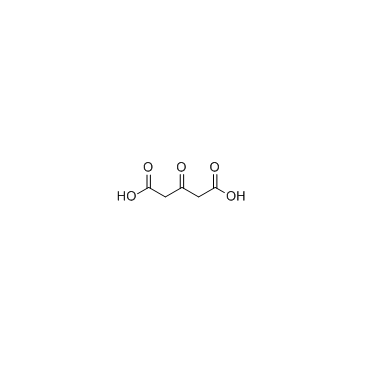
-
GC62798
3-Phenylbutyric acid
3-PhenylbuttersÄure wird durch anfÄngliche Oxidation des Benzolrings und durch anfÄngliche Oxidation der Seitenkette metabolisiert.
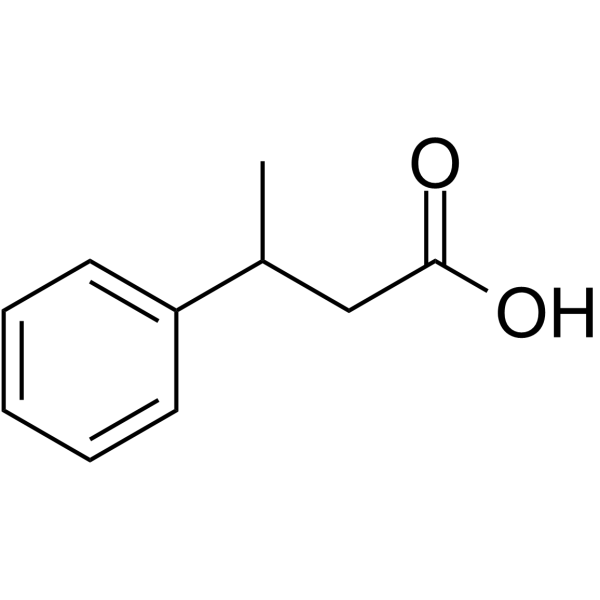
-
GC61582
3-Phenyltoxoflavin
3-Phenyltoxoflavin, ein Derivat von Toxoflavin, ist ein Hsp90-Inhibitor mit einem Kd von 585 nM fÜr die Wechselwirkung von Hsp90-TPR2A. 3-Phenyltoxoflavin hat eine Anti-Krebs-AktivitÄt.
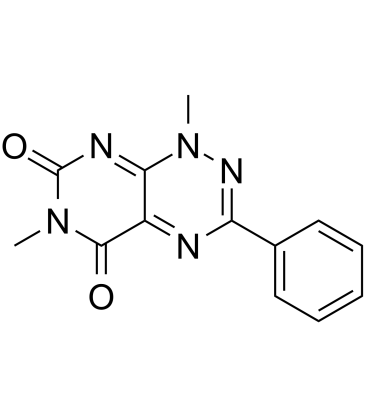
-
GC33604
3-Pyridineacetic acid
3-PyridinessigsÄure ist ein hÖheres Homolog von NikotinsÄure, ein Abbauprodukt von Nikotin (und anderen Tabakalkaloiden).
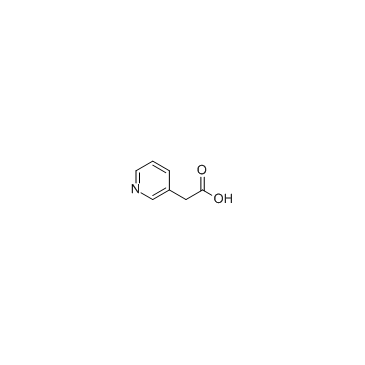
-
GC31553
3b-Hydroxy-5-cholenoic acid
3b-Hydroxy-5-cholensÄure ist eine Monohydroxy-GallensÄure endogenen Ursprungs und konnte bei Kindern mit dem Syndrom der hepatischen duktulÄren Hypoplasie gefunden werden.
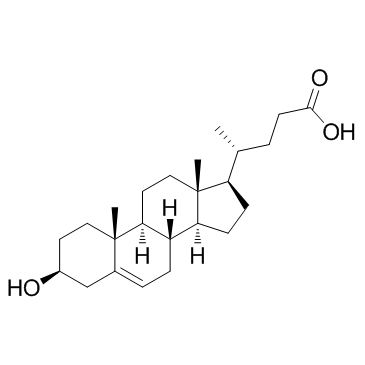
-
GC18817
3β-hydroxy-5-Cholestenoic Acid
3β-hydroxy-5-Cholestenoic acid is an active metabolite of cholesterol formed when cholesterol is metabolized by the cytochrome P450 (CYP) isomer CYP27A1.
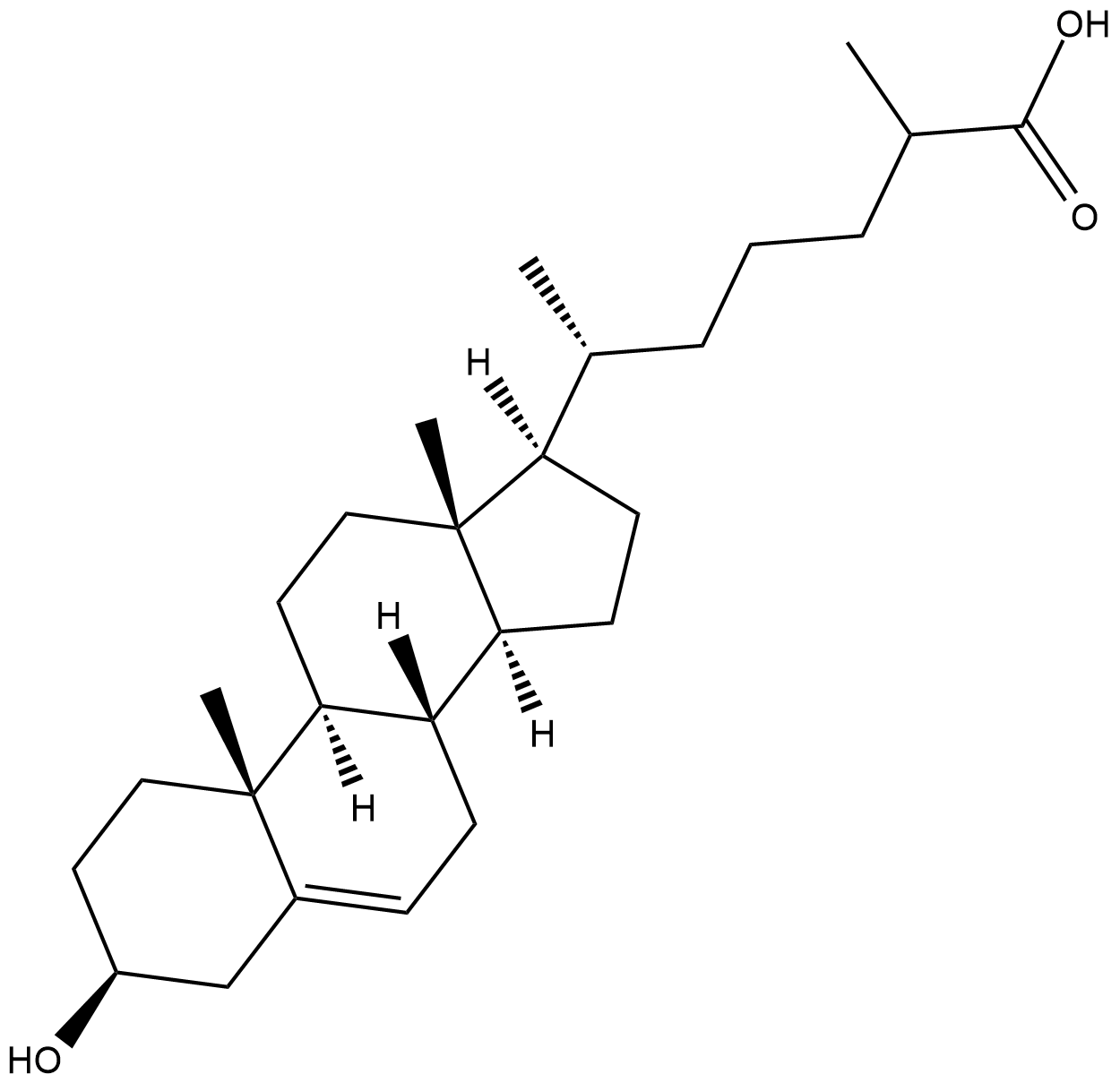
-
GC49367
4’-hydroxy Atomoxetine Glucuronide (hydrate)
A metabolite of atomoxetine

-
GC49252
4’-hydroxy Trazodone
A metabolite of trazodone

-
GC30277
4',5-Dihydroxyflavone
4',5-Dihydroxyflavon ist ein Sojabohnen-LOX-1- und Hefe-α-Glucosidase-Inhibitor mit einem Ki von 102,6 μM fÜr Sojabohnen-LOX-1 und einem IC50 von 66 μM fÜr Hefe-α-Glucosidase.
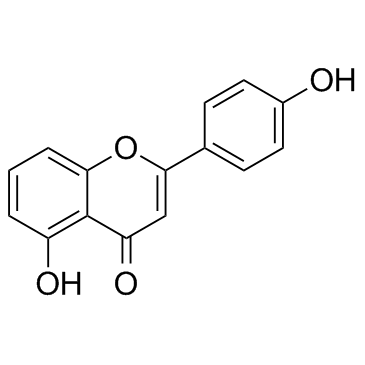
-
GC33976
4',7-Dimethoxyisoflavone (Dimethoxydaidzein)
4',7-Dimethoxyisoflavon (Dimethoxydaidzein) wird aus den BlÄttern von Albizzia lebbeck isoliert, das antimykotische AktivitÄt zeigt.
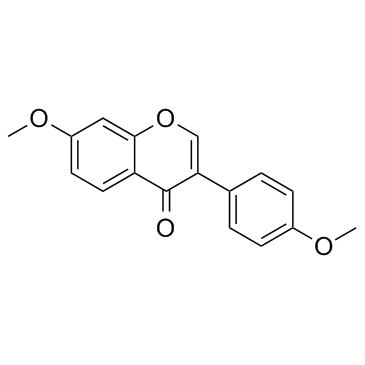
-
GC18527
4'-hydroxy Flurbiprofen
A major active metabolite of flurbiprofen
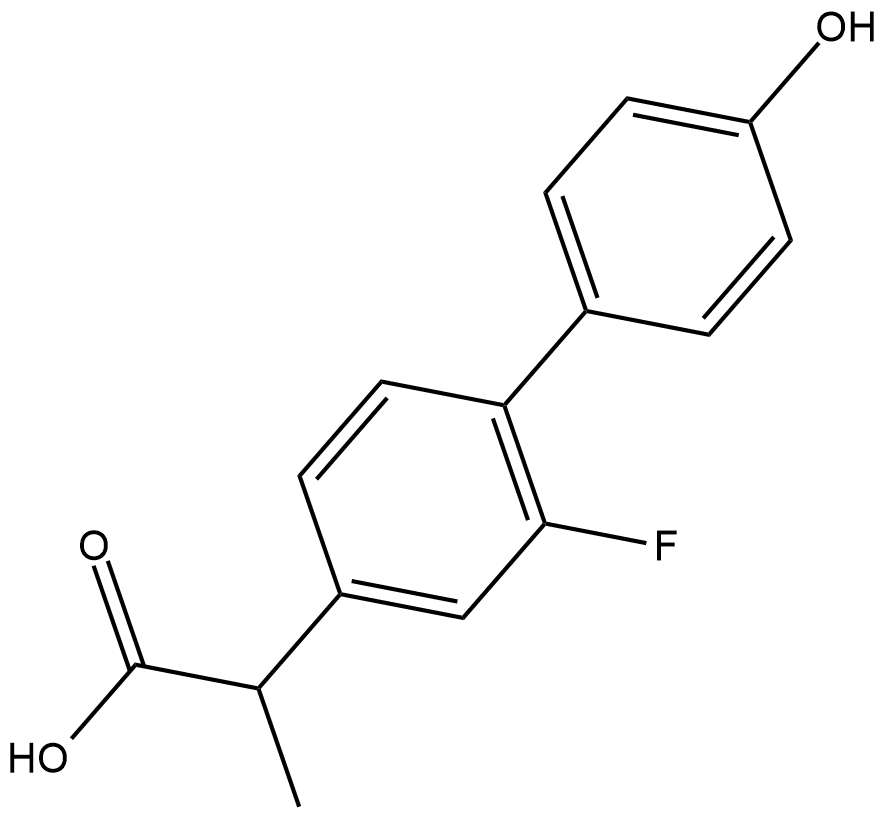
-
GC41003
4'-O-methyl Quercetin
4'-O-Methyl Quercetin (4'-O-Methyl Quercetin) ist ein natÜrliches Flavonoid-Derivat von Quercetin mit antioxidativer und entzÜndungshemmender Wirkung.

-
GC62800
4,4’-Disulfanediylbis(2-aminobutanoic acid)
4,4’-Disulfandiylbis(2-aminobutansäure) ist ein endogener Metabolit.
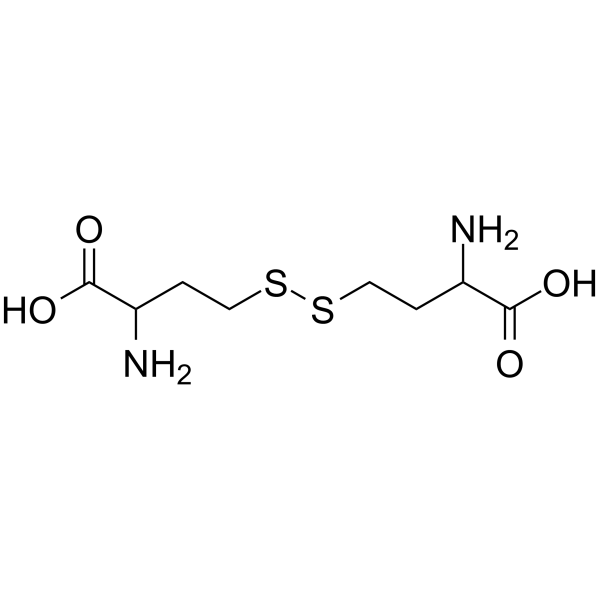
-
GC60510
4,4-Dimethoxy-2-butanone
4,4-Dimethoxy-2-butanon ist ein kÖrpereigener Metabolit.
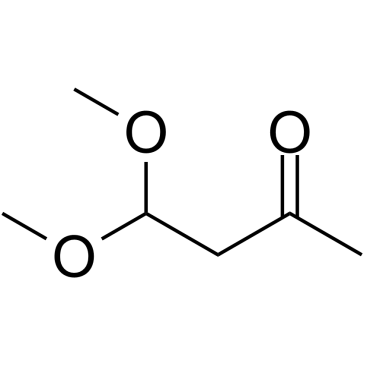
-
GC49752
4,5-Desisopropylidene Topiramate
An inactive metabolite of topiramate

-
GC32483
4,6-Dioxoheptanoic acid
4,6-DioxoheptansÄure ist ein potenter Inhibitor der HÄm-Biosynthese.
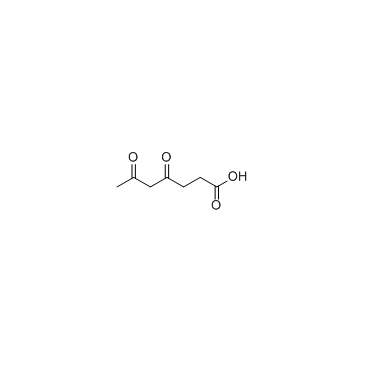
-
GC31640
4-(1,2-Dihydroxyethyl)benzene-1,2-diol
4-(1,2-Dihydroxyethyl)benzol-1,2-diol, ein normaler Metabolit von Norepinephrin, wird mit dem Menkes-Syndrom in Verbindung gebracht.
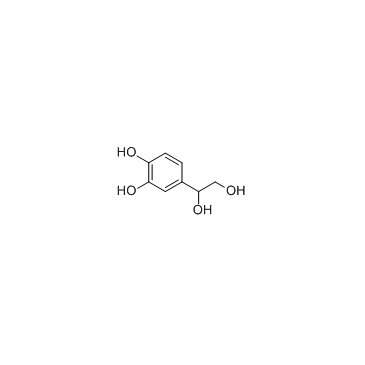
-
GC49337
4-Acetamidobenzenesulfonamide
A metabolite of asulam and sulfanilamide

-
GC33504
4-Acetamidobutanoic acid (N-acetyl GABA)
4-AcetamidobuttersÄure (N-Acetyl-GABA) (N-Acetyl-GABA), der Hauptmetabolit von GABA, zeigt antioxidative und antibakterielle AktivitÄten.
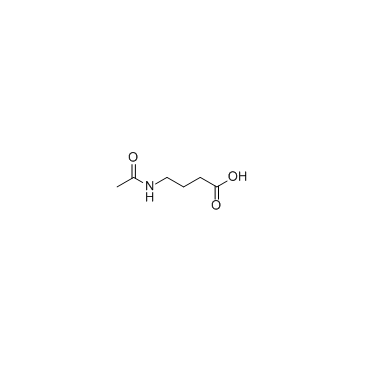
-
GC45341
4-Amino-6-chloro-1,3-benzenedisulfonamide

-
GC66484
4-Amino-L-phenylalanine hydrochloride
4-Amino-L-phenylalanin (H-Phe(4-NH2)-OH)-Hydrochlorid ist ein körpereigener Metabolit.
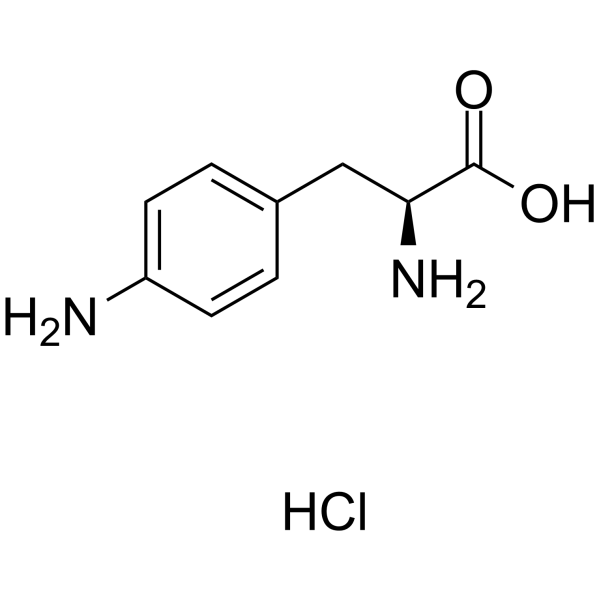
-
GC10996
4-Aminobenzoic acid
4-AminobenzoesÄure ist ein Zwischenprodukt bei der Synthese von FolsÄure durch Bakterien, Pflanzen und Pilze.
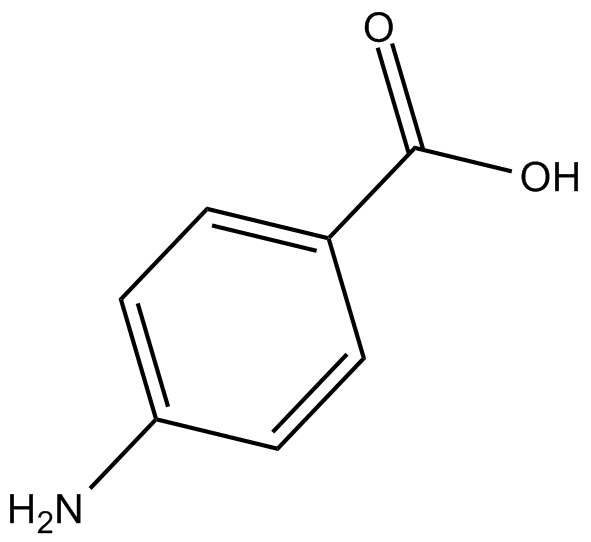
-
GC16443
4-Aminohippuric Acid
4-AminohippursÄure ist ein diagnostisches Mittel, das bei medizinischen Tests nÜtzlich ist, die die Niere betreffen, und zur Messung des renalen Plasmaflusses verwendet wird.
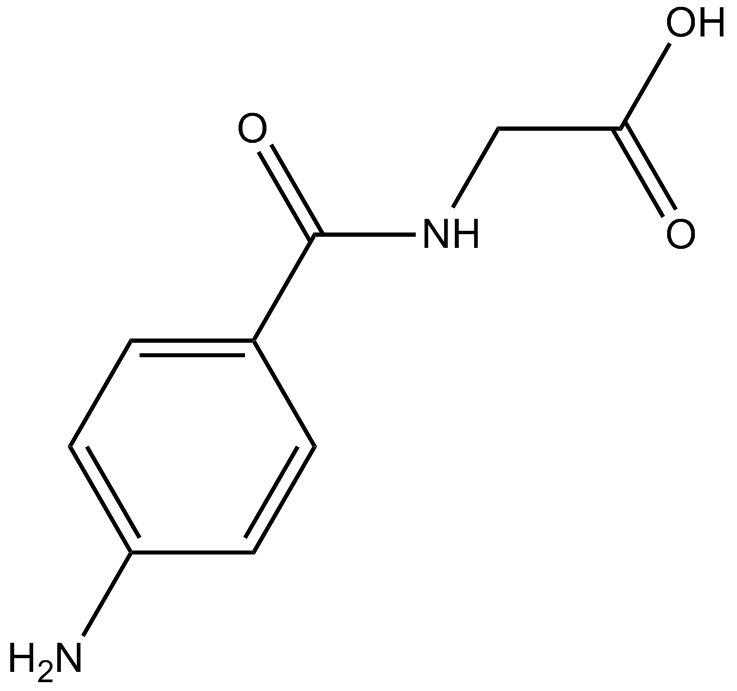
-
GC39473
4-Bromo-3-hydroxybenzoic acid
4-Brom-3-hydroxybenzoesÄure ist ein Metabolit von Brocresin und ein Histidindecarboxylase (HDC)-Hemmer mit IC50-Werten von 1 mM sowohl fÜr fÖtale als auch fÜr gastrische HDC von Ratten.
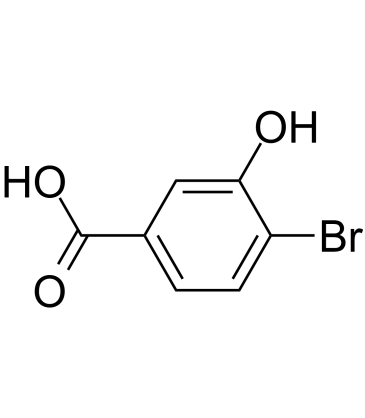
-
GC30513
4-Butylresorcinol (Butylresorcinol)
4-Butylresorcin (Butylresorcin) ist ein Phenolderivat, das Tyrosinase mit IC50 von 11,27 hemmen kann μM.
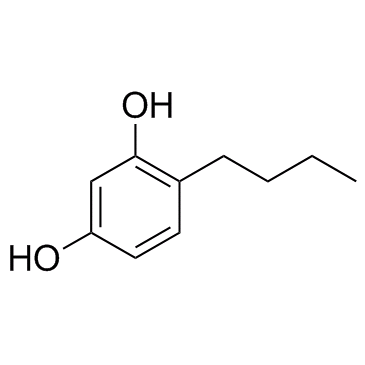
-
GC42351
4-carboxy TEMPO
4-carboxy TEMPO is a nitroxide and spin label.

-
GC60512
4-Carboxypyrazole
4-Carboxypyrazol ist ein kÖrpereigener Metabolit.
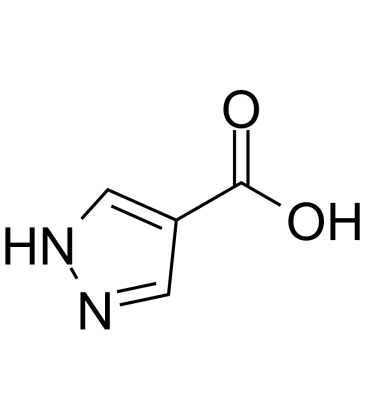
-
GC49722
4-CF3-TPP-DC
An inert mitochondriotropic carrier

-
GC13337
4-Chlorophenylguanidine hydrochloride
Urokinase inhibitor, potent and specific
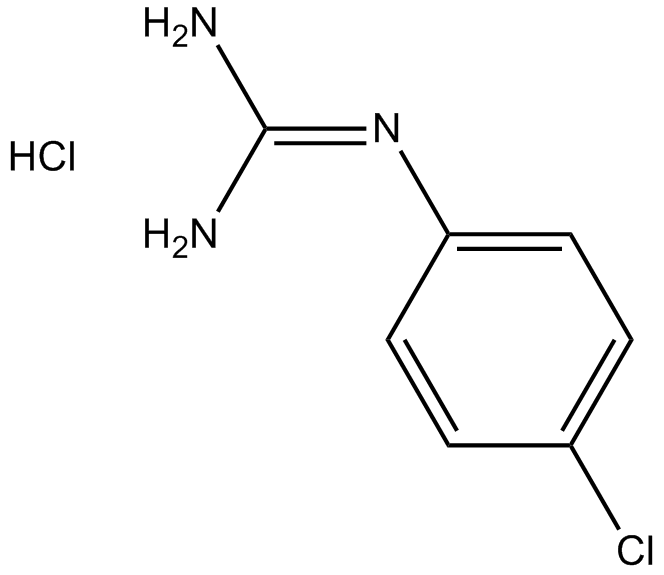
-
GC42370
4-desmethoxy Omeprazole
4-Desmethoxy Omeprazol ist der aktive Metabolit von Omeprazol.

-
GC39245
4-Diethylaminobenzaldehyde
4-Diethylaminobenzaldehyd ist ein Inhibitor der reversiblen Aldehyddehydrogenasen (ALDHs) mit einem Ki von 4 nM fÜr ALDH1. 4-Diethylaminobenzaldehyd zeigt eine starke antiandrogene Wirkung (IC50 = 1,71 μM).
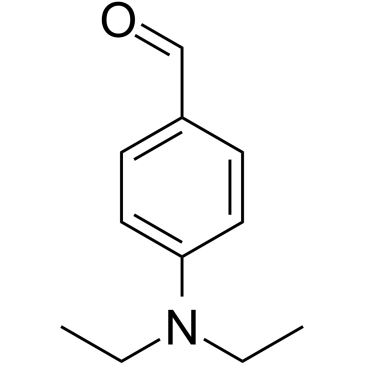
-
GC18359
4-Epianhydrochlortetracycline (hydrochloride)
4-Epianhydrochlortetracycline is a derivative of tetracycline .
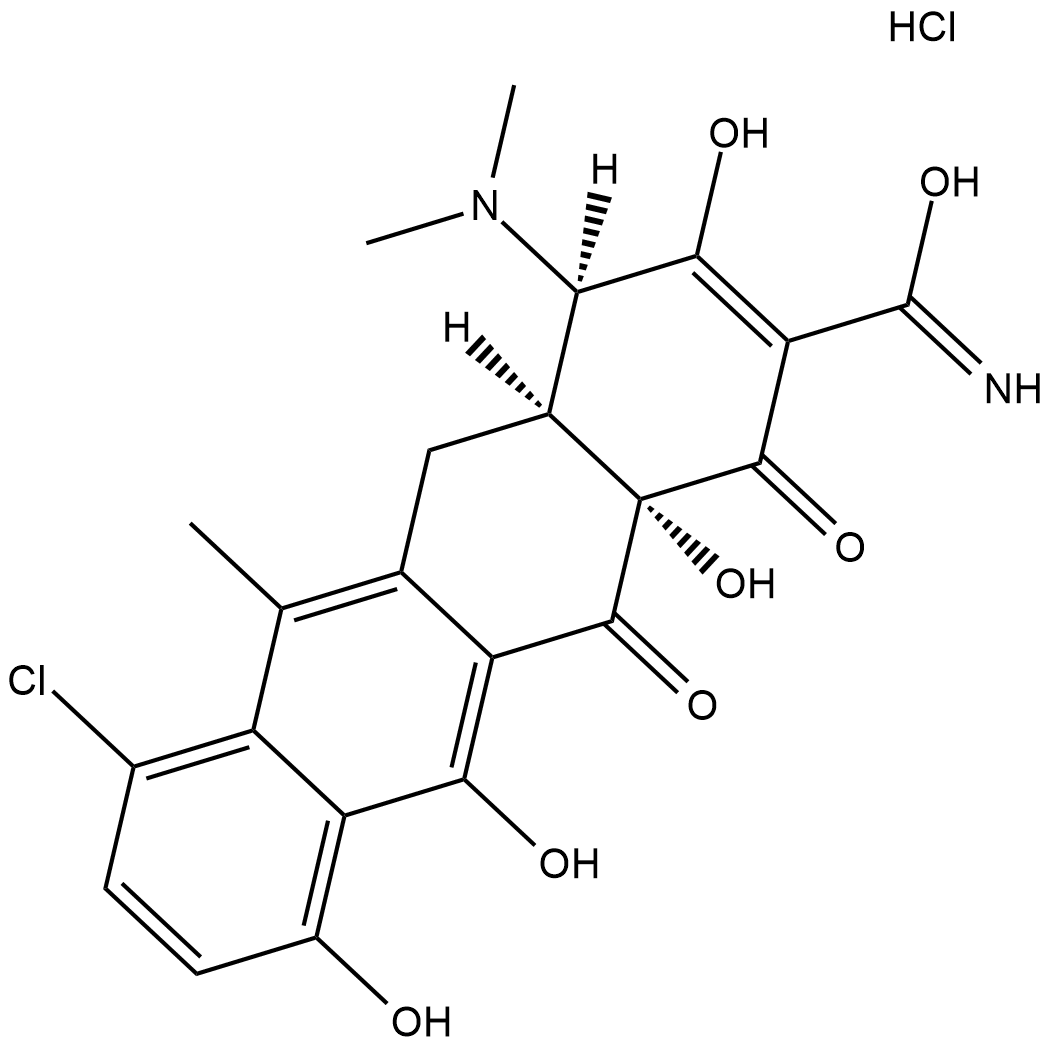
-
GC18194
4-Epidoxycycline
4-Epidoxycycline is the 4-epimer hepatic metabolite of the antibiotic doxycycline .
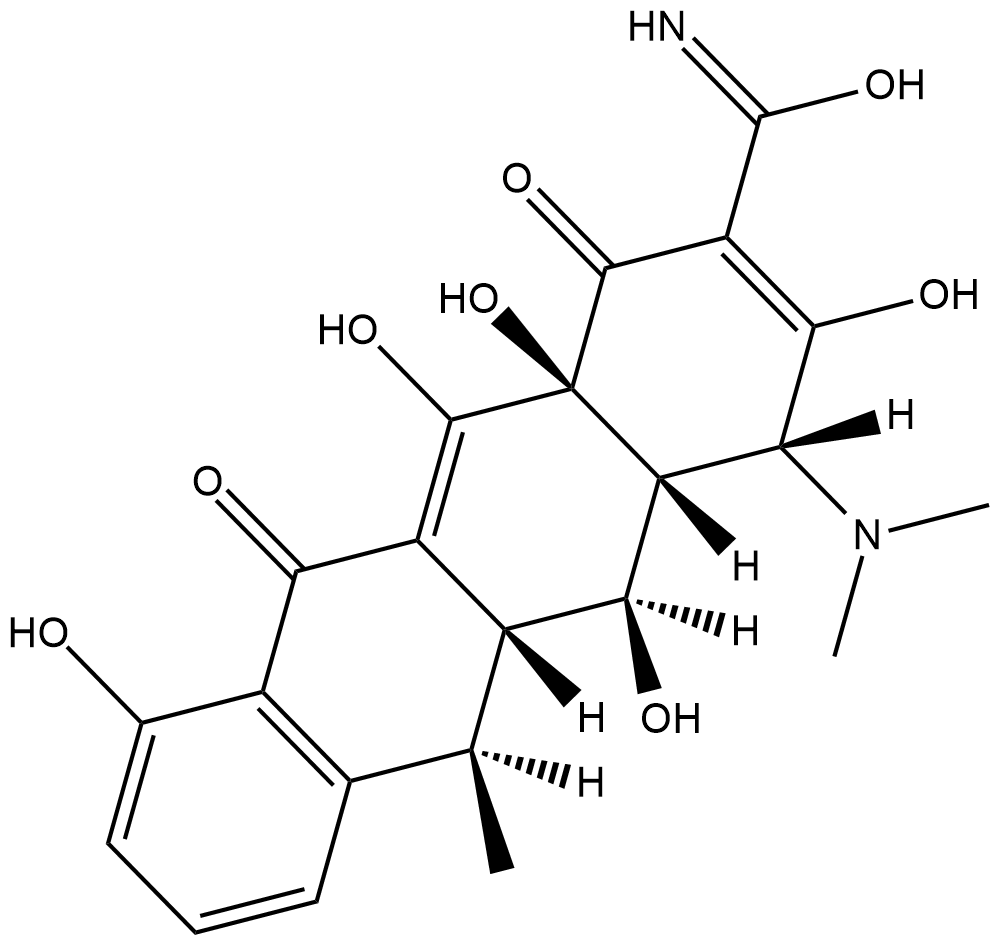
-
GC60514
4-Ethoxyphenol
4-Ethoxyphenol ist ein kÖrpereigener Metabolit.
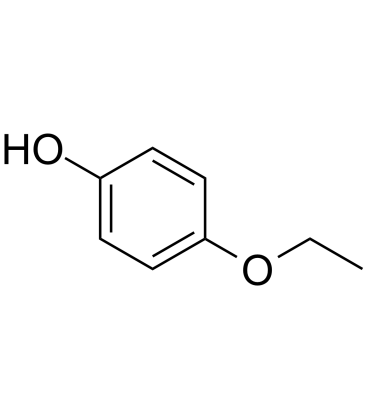
-
GC60515
4-Ethylbenzaldehyde
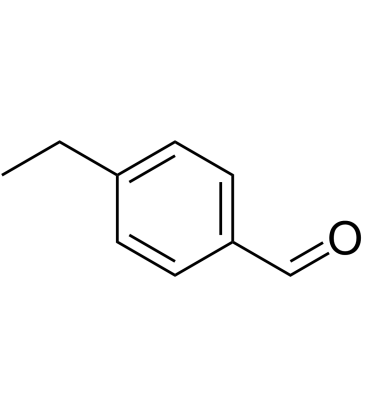
-
GC30600
4-Ethylphenol
4-Ethylphenol ist eine flÜchtige Phenolverbindung, die mit FehlgerÜchen in Wein in Verbindung gebracht wird.
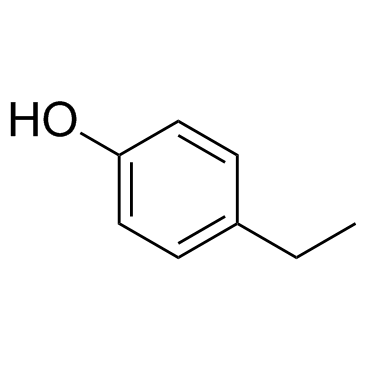
-
GC60516
4-Ethynyl-L-phenylalanine hydrochloride
4-Ethynyl-L-Phenylalaninhydrochlorid (4-Ethynyl-L-phenylalanine hydrochloride) ist ein potenter, selektiver, reversibler und kompetitiver Inhibitor der Tryptophan-Hydroxylase (TPH) mit einem Ki-Wert von 32,6 μM.
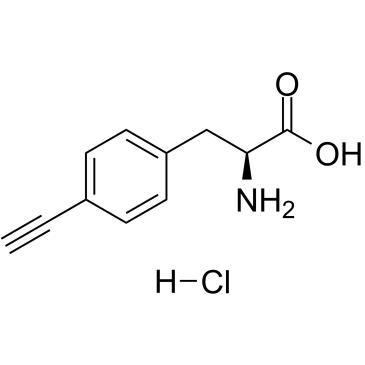
-
GC62803
4-Formylaminoantipyrine
4-Formylaminoantipyrin ist ein ausgeschiedener Metabolit von Aminophenazon.
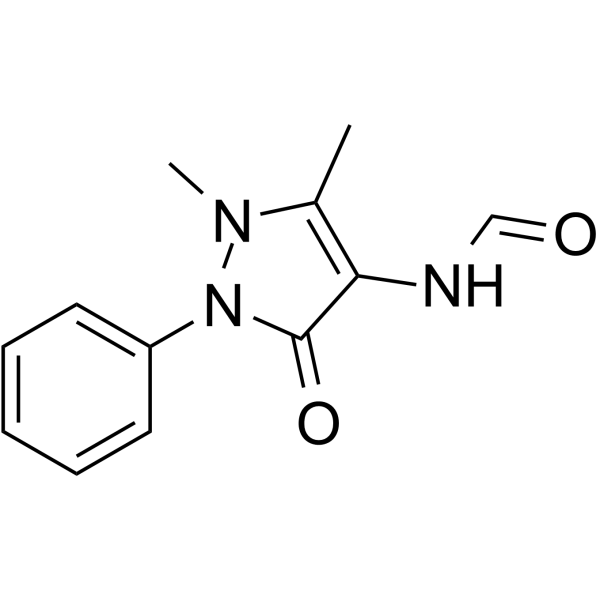
-
GC30630
4-Guanidinobutanoic acid
4-GuanidinobutansÄure ist ein normaler Metabolit, der in geringen Konzentrationen vorkommt.
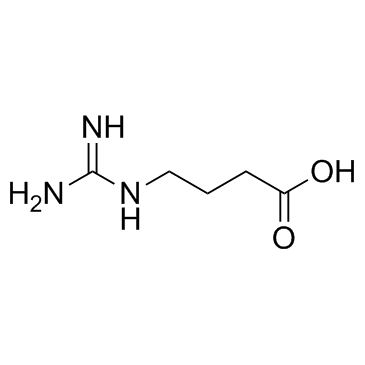
-
GC40097
4-HOBA
4-HOBA ist ein kÖrpereigener Metabolit.

-
GC42401
4-hydroperoxy Cyclophosphamide
Ein aktiviertes Analogon von Cyclophosphamid.

-
GC42405
4-hydroxy Atorvastatin (calcium salt)
4-hydroxy Atorvastatin is a metabolite of atorvastatin, an HMG-CoA reductase inhibitor present in formulations that have been used to treat hypercholesterolemia and certain dyslipidemias.

-
GC18425
4-hydroxy Atorvastatin lactone
4-hydroxy Atorvastatin lactone is a metabolite of atorvastatin , an HMG-CoA reductase inhibitor present in formulations that have been used to treat hypercholesterolemia and certain dyslipidemias.
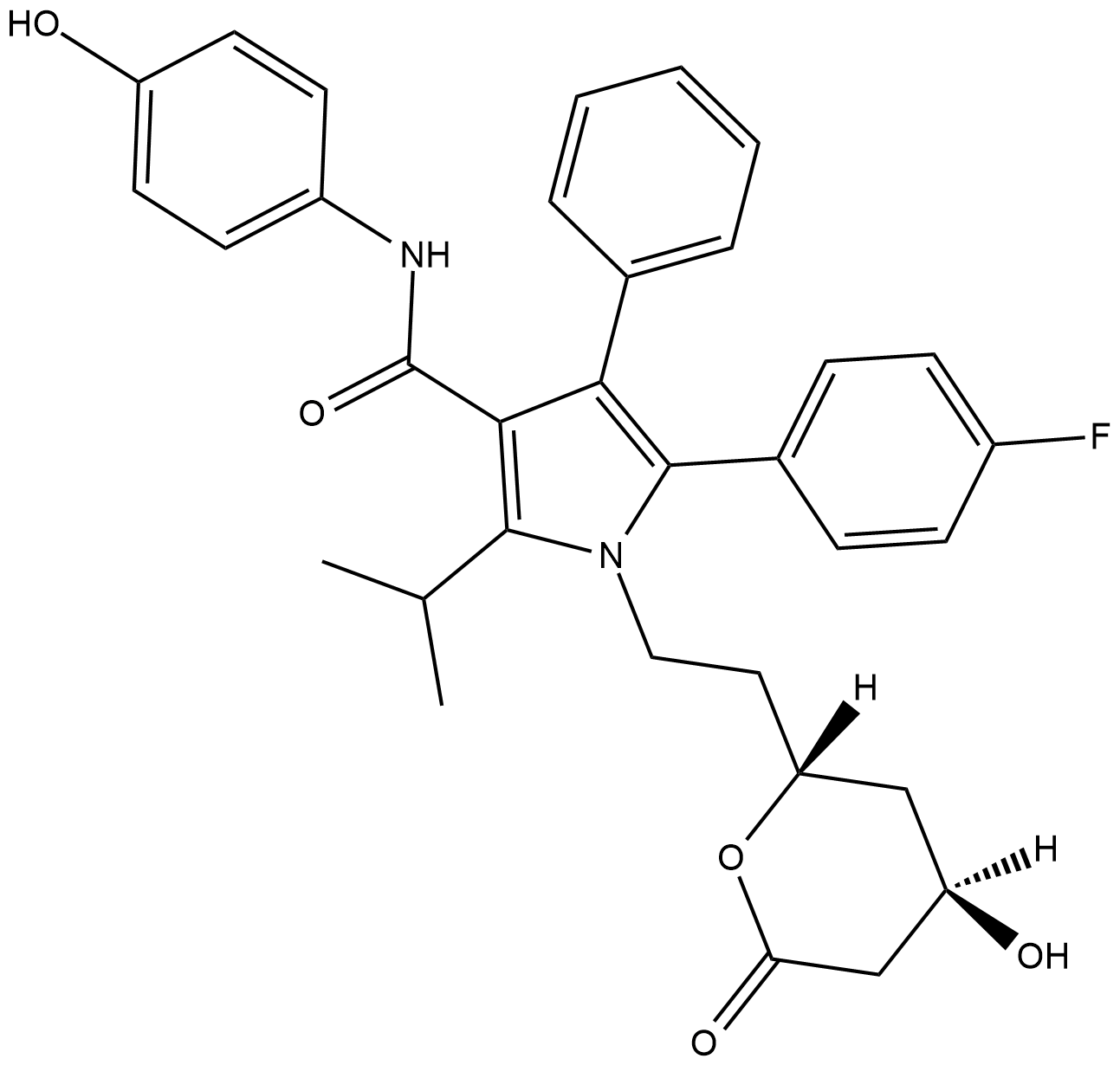
-
GC42407
4-hydroxy Diclofenac
4-Hydroxy-Diclofenac ist ein oral aktiver Metabolit von Diclofenac durch Cytochrom P450 2C9 (CYP2C9).
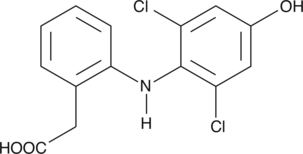
-
GC42410
4-hydroxy Nonenal
Ein Lipidperoxidationsprodukt

-
GC49575
4-hydroxy Omeprazole sulfide
A metabolite of omeprazole

-
GC40879
4-hydroxy Solifenacin N-oxide
4-hydroxy Solifenacin N-oxide is an N-oxide form of 4-hydroxy solifenacin, the major metabolite of solifenacin .

-
GC42415
4-hydroxy Valsartan
4-hydroxy Valsartan is a major metabolite of the angiotensin II type 1 (AT1) receptor antagonist valsartan.

-
GC18417
4-hydroxy Xylazine
4-Hydroxy-Xylazin ist ein Metabolit von Xylazin.
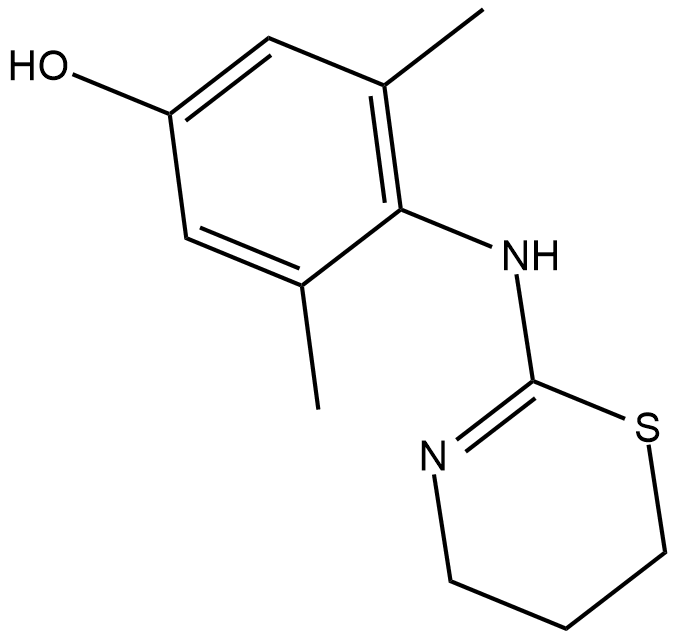
-
GC33656
4-Hydroxy-3-methylbenzoic acid
4-Hydroxy-3-methylbenzoesÄure ist eine normale organische SÄure, die in Urinproben einer gesunden Population nachgewiesen wurde.
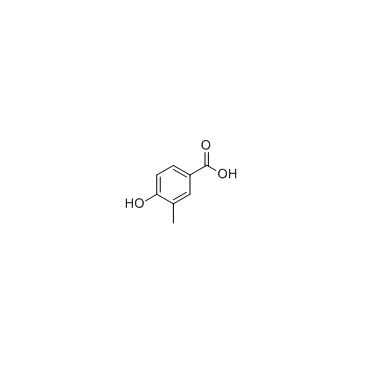
-
GC11270
4-Hydroxybenzoic acid
4-HydroxybenzoesÄure, ein phenolisches Derivat der BenzoesÄure, konnte die meisten grampositiven und einige gramnegative Bakterien mit einem IC50 von 160 μg/ml hemmen.
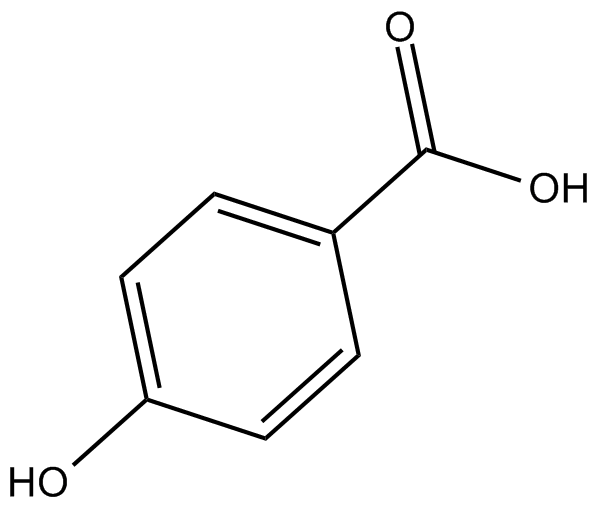
-
GC60518
4-Hydroxybenzyl cyanide
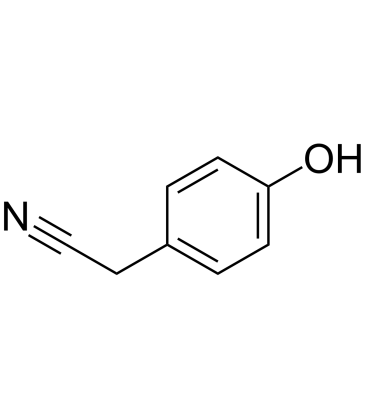
-
GC35131
4-Hydroxycoumarin
4-Hydroxycumarin, ein Cumarinderivat, ist eines der vielseitigsten heterocyclischen GerÜste und wird hÄufig in der Synthese verschiedener organischer Verbindungen eingesetzt.
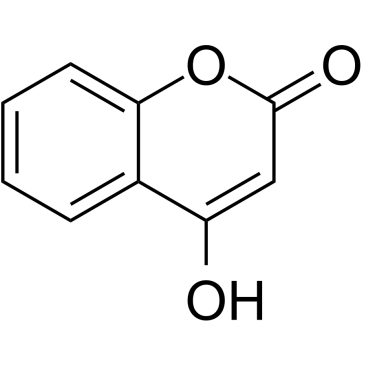
-
GC33610
4-Hydroxycyclohexanecarboxylic acid
4-HydroxycyclohexancarbonsÄure gehÖrt zur Klasse der organischen Verbindungen, die als Cyclohexanole bekannt sind.
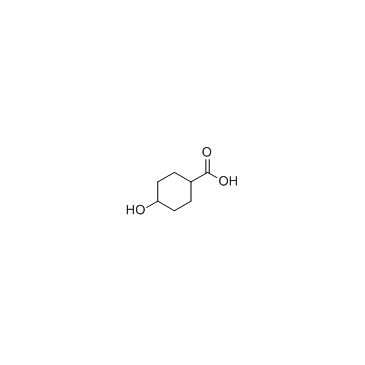
-
GC39691
4-Hydroxymethylpyrazole
4-Hydroxymethylpyrazol ist der primÄre Metabolit von Fomepizol.
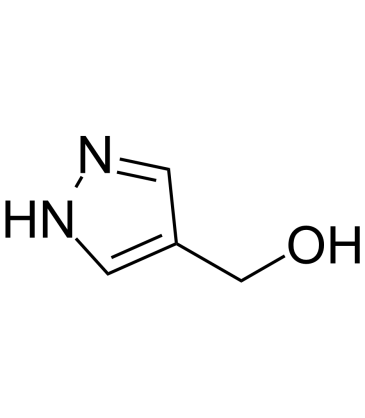
-
GC68055
4-Hydroxyphenyl acetate

-
GC33815
4-Hydroxyphenylacetic acid
4-HydroxyphenylessigsÄure, ein wichtiger, von Mikrobiota stammender Metabolit von Polyphenolen, ist an der antioxidativen Wirkung beteiligt.
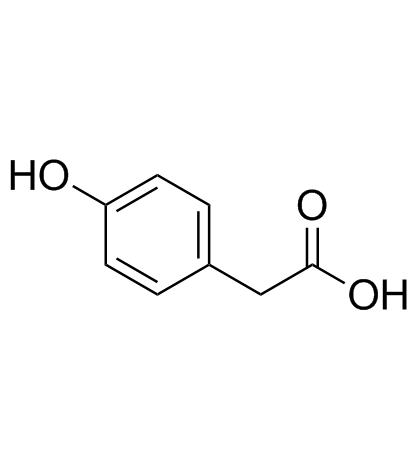
-
GC35134
4-Methoxybenzaldehyde
4-Methoxybenzaldehyd ist eine natÜrlich vorkommende duftende Phenolverbindung.
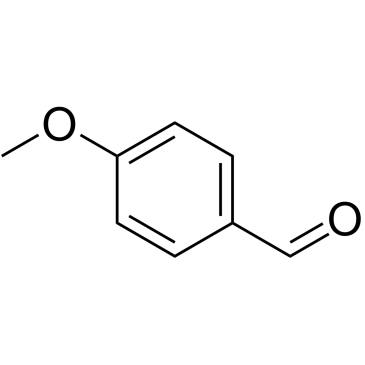
-
GC35135
4-Methoxycinnamic acid
4-MethoxyzimtsÄure wird als natÜrliches Phenylpropanoid in A.
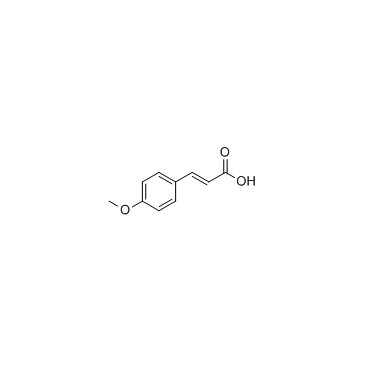
-
GC60521
4-Methyl-1-phenyl-2-pentanone
4-Methyl-1-phenyl-2-pentanon ist ein kÖrpereigener Metabolit.
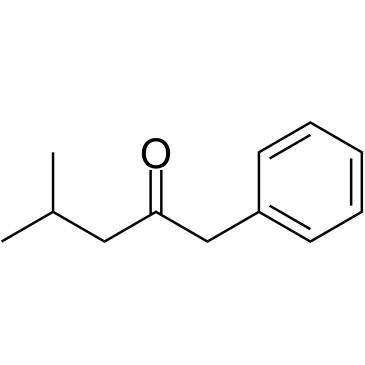
-
GC31307
4-Methyl-2-oxopentanoic acid
4-Methyl-2-oxopentansÄure (α-KetoisocapronsÄure), ein abnormaler Metabolit, ist sowohl ein Neurotoxin als auch ein Metabotoxin.
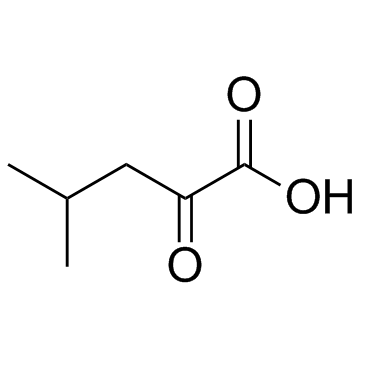
-
GC39307
4-Methylamino antipyrine
4-Methylamino-Antipyrin ist ein aktiver Metabolit von Metamizol.
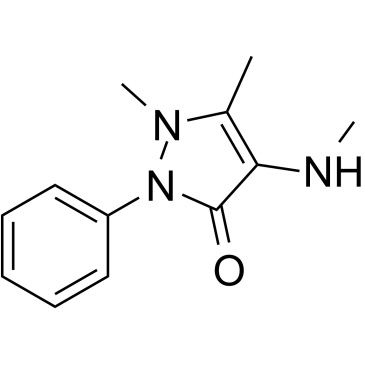
-
GC60523
4-Methylamino antipyrine hydrochloride
4-Methylamino-Antipyrin-Hydrochlorid ist ein aktiver Metabolit von Metamizol.
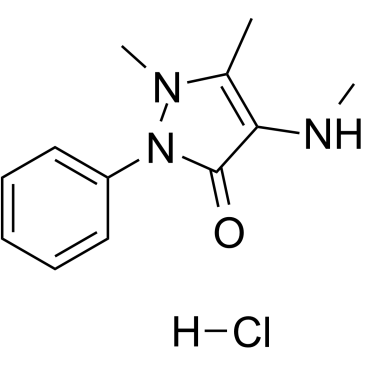
-
GC39780
4-Methylbiphenyl
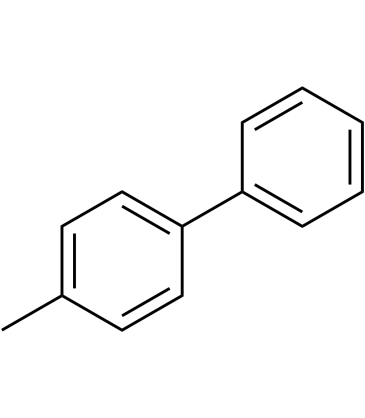
-
GC30658
4-Methylcatechol
4-Methylcatechol, ein Metabolit von p-Toluat, ist sowohl ein Substrat als auch ein Suizidhemmer der Catechol-2,3-Dioxygenase.
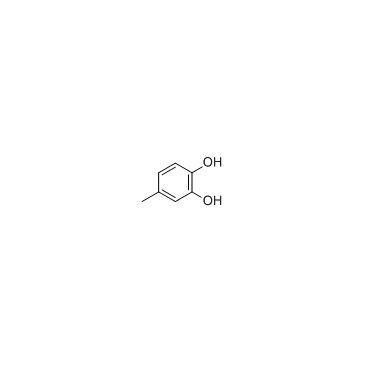
-
GC35139
4-Methylesculetin
4-Methylesculetin ist ein oral aktives natÜrliches Cumarin-Derivat mit starker antioxidativer und entzÜndungshemmender Wirkung.
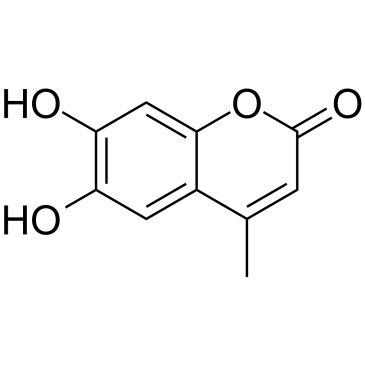
-
GC64621
4-Nitrocatechol
4-Nitrocatechol ist ein potenter Lipoxygenase-Hemmer.
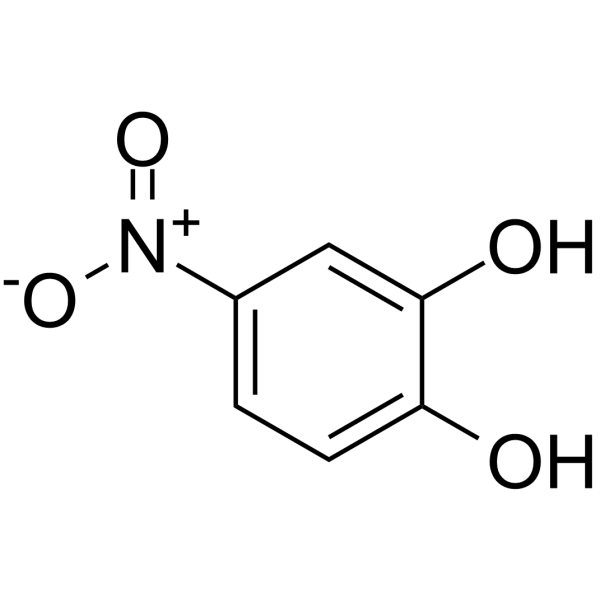
-
GC49127
4-oxo Cyclophosphamide
An inactive metabolite of cyclophosphamide

-
GC60524
4-Pentenoic acid
4-PentensÄure ist ein kÖrpereigener Metabolit.
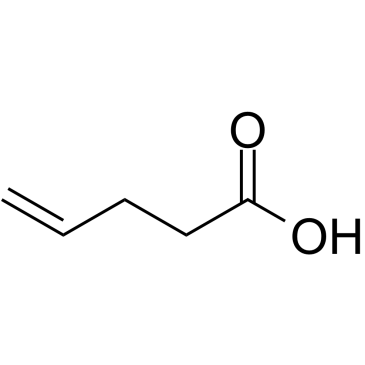
-
GC30670
4-Pyridoxic acid
4-PyridoxinsÄure ist ein Abbauprodukt von Vitamin B6, das mit dem Urin ausgeschieden wird.
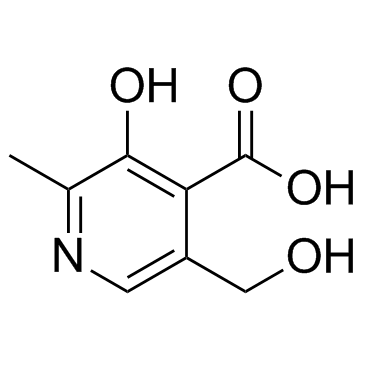
-
GC60525
4-Vinylphenol (10%w/w in propylene glycol)
4-Vinylphenol kommt in der Heilpflanze Hedyotis diffusa Willd, Wildreis vor und ist auch der Metabolit von p-CumarinsÄure und FerulasÄure durch MilchsÄurebakterien im Wein. 4-Vinylphenol induziert Apoptose und hemmt die Bildung von BlutgefÄßen und unterdrÜckt das invasive Wachstum von Brusttumoren in vivo.
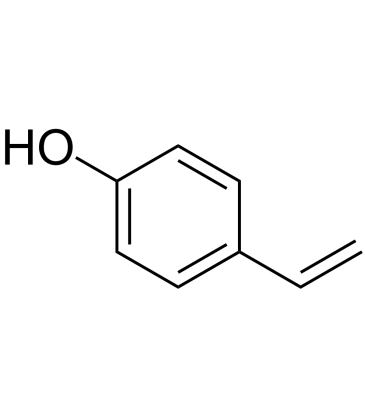
-
GC35126
4-Hydroxyphenylpyruvic acid
4-HydroxyphenylbrenztraubensÄure ist ein Zwischenprodukt im Stoffwechsel der AminosÄure Phenylalanin.
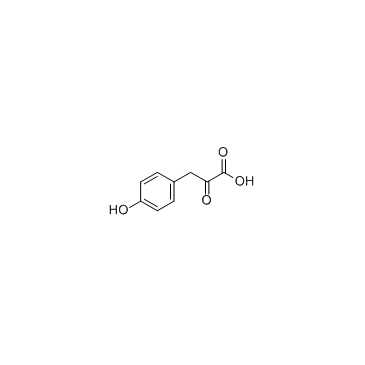
-
GC60531
5α-Cholestan-3-one
5α-Cholestan-3-on ist ein körpereigener Metabolit.
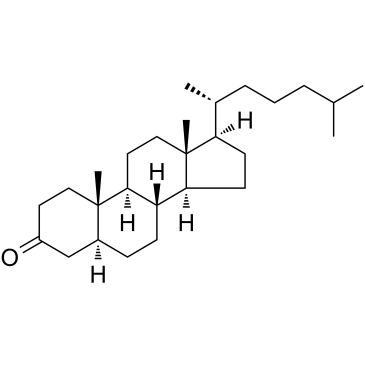
-
GC41399
5α-dihydro Levonorgestrel
5α-dihydro Levonorgestrel is a metabolite of the synthetic progestin levonorgestrel.

-
GC30669
5α-Cholestan-3β-ol (5α-Cholestanol)
5α-Cholestan-3β-ol (5α-Cholestanol) ist eine derivatisierte Steroidverbindung.
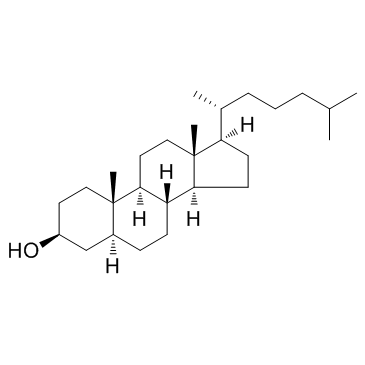
-
GC38358
5'-Cytidylic acid
5'-CytidylsÄure (5'-CytidylsÄure) ist ein Nukleotid, das als Monomer in RNA verwendet wird.
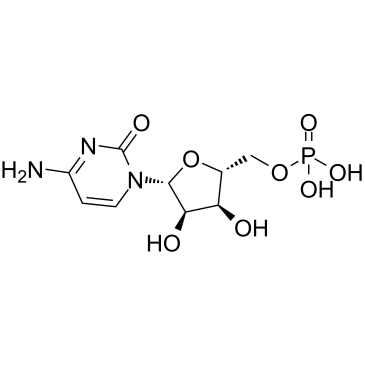
-
GC33636
5'-Deoxyadenosine
5'-Desoxyadenosin ist ein oxidiertes Nukleosid, das im Urin normaler Probanden gefunden wird.
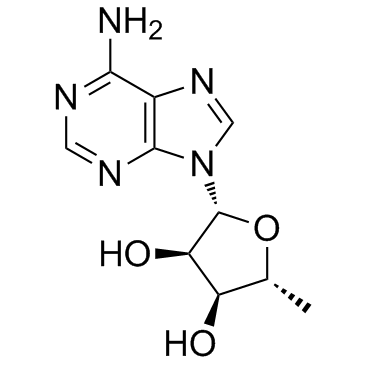
-
GC35157
5'-GTP trisodium salt
5'-GTP Trinatriumsalz (5'-GTP Trinatriumsalz) ist ein Aktivator der signalÜbertragenden G-Proteine, die an verschiedenen zellulÄren Prozessen beteiligt sind, einschließlich Proliferation, Differenzierung und Aktivierung mehrerer intrazellulÄrer Kinasekaskaden.
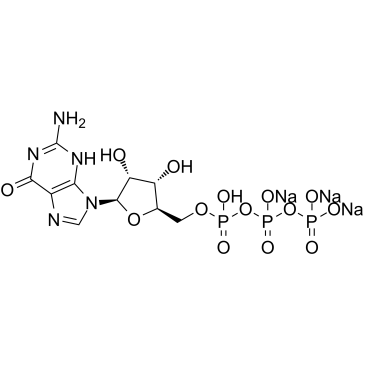
-
GC35159
5'-Guanylic acid disodium salt
5'-GuanylsÄure-Dinatriumsalz (5'-GMP-Dinatriumsalz) besteht aus Guanin-, Ribose- und Phosphateinheiten und ist ein Nukleotidmonomer in Boten-RNA.
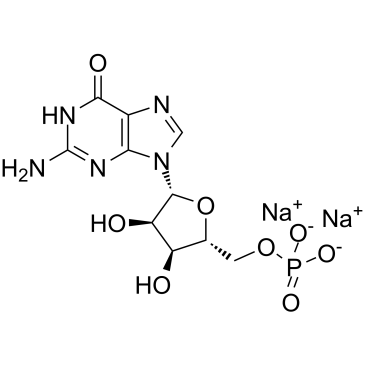
-
GC18582
5'-hydroxy Meloxicam
A metabolite of meloxicam
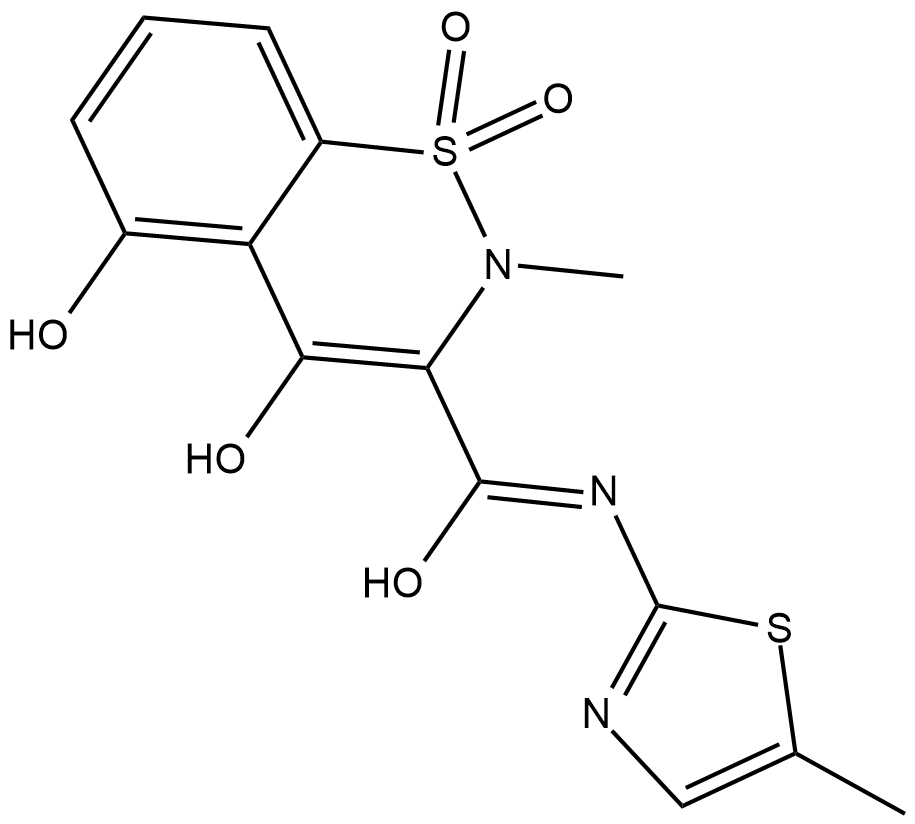
-
GC40459
5(R)-HETE
5(R)-HETE is a rare lipoxygenase product of arachidonic acid.

-
GC41126
5(S),12(S)-DiHETE
5(S),12(S)-DiHETE is a natural bioactive lipid derived from arachidonic acid.
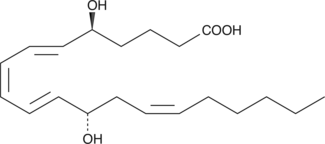
-
GC41127
5(S),15(S)-DiHETE
5(S),15(S)-DiHETE ist ein „aktiviertes“ Intermediat, hemmt die Thrombozytenaggregation mit einem IC50 von 1,3 μM.
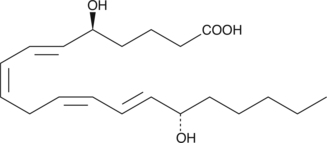
-
GC41128
5(S),6(R)-11-trans DiHETE
5(S),6(R)-11-trans DiHETE is a C-11 double bond isomer of 5(S),6(R)-DiHETE that is formed by the enzymatic isomerization of 5(S),6(R)-DiHETE by a membrane bound factor.

-
GC41129
5(S),6(R)-DiHETE
5(S),6(R)-DiHETE is a dihydroxy polyunsaturated fatty acid and a nonenzymatic hydrolysis product of leukotriene A4 (LTA4).

-
GC41131
5(S),6(S)-DiHETE
5(S),6(S)-DiHETE is one of the four diastereomeric 5,6-dihydroxy acids produced from the non-enzymatic hydrolysis of LTA4.



